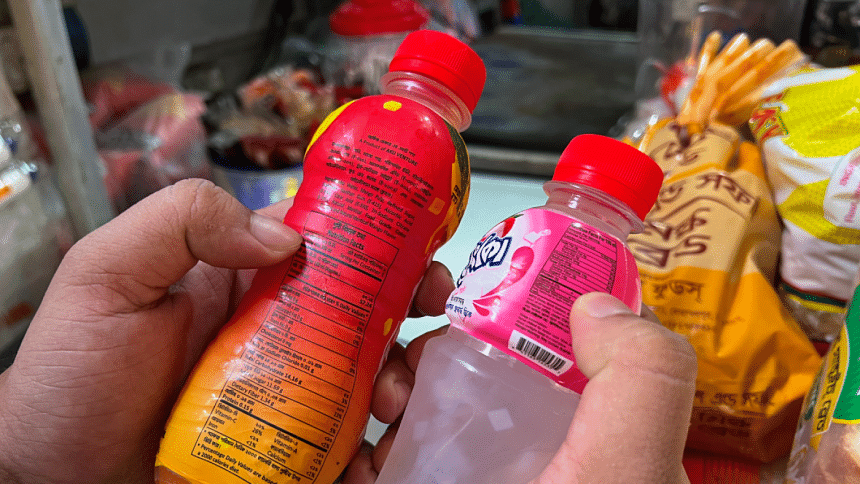How to read a nutrition label (without being tricked)

A nutrition label includes details about the product but consumers most often get distracted by the flashy packaging.
Research has shown that people find products with such health claims to be healthier than those without. When in fact, these labels are usually misleading and serve as marketing gimmicks to lure people into buying. Only a careful observation of the nutrition label, placed at the back/side of the item, will reveal the actuality of the content inside.
For an average person, the label does seem baffling on first sight. A good guide is to start with the ingredients list that mentions all the constituents in the packaged food. An ingredient list longer than two or three lines suggests a highly processed food.
Ingredients are listed in descending order of weight. So, the bulk of the food is made up of the top three in this list. If these ingredients are, for example, hydrogenated oils, some type of sugar or refined grains, then the product is unhealthy to eat.
To understand if the food is loaded with sugar, sugar does not necessarily have to appear at the top. Sugar is known by many names (beet/brown/buttered/invert/date/confectioner's sugar etc.) and can also come from added syrups (honey, nectar, malt/maple/golden syrup etc.). Lesser-known sources are dextran, ethyl maltol, maltodextrin, maltose, lactose, fructose, glucose, molasses and may appear farther down the list.
Serving sizes are another aspect most people don't understand well. The amount frequently mismatches with what people generally eat in one sitting. Therefore, the calorie intake per size is likely to be miscalculated. For a container that is actually one serving, the label may mention a total serving of four. It is important to look at how much each serving amounts to in grams. The total calories in the packaged food equals to total servings times calories in each serving. Manufacturers opt to present information in this way to deceive customers into thinking they are eating less.
Moving on to the nutrients list that follows, scan for terms like "fat, cholesterol, sodium, carbohydrates". As a rule of thumb, 5% or less of Daily Value (DV) of a nutrient per serving is considered low, whereas 20% or more is said to be high in content. These figures measure how much a component contributes to a 2000 calories diet, which may or may not apply to everyone.
Try to choose foods high in dietary fibre and unsaturated fats, low in saturated fats, sodium, and added sugars. Watch out for trans-fat. Manufacturers are allowed to label a nutrient as 0g if it weighs less than 0.5g in a serving. But it does serve a clue to look deeper in the ingredient list which would likely to contain partially hydrogenated oils as a source of trans-fat.
The section with vitamins and minerals is of the least concern. The efficient way to incorporate these into your diet is through a daily intake of fruits and vegetables.
There are other buzzwords that consumers fall prey to. Low-fat or non-fat products are not always good. Manufacturers replace this satiating ingredient with loads of sugar, salt or artificial flavours. Likewise, sugar-free does not necessarily mean unsweetened; many items contain a non-nutritive sweetener instead.
So, the next time you're headed to the supermarket, try spending a few minutes reading the underappreciated label at the back and you'd be surprised at how you fuel your body oh-so carelessly.
Hiya loves food that you hate by norm – broccoli, pineapple pizza and Bounty bars. Find her at [email protected]

 For all latest news, follow The Daily Star's Google News channel.
For all latest news, follow The Daily Star's Google News channel. 









Comments